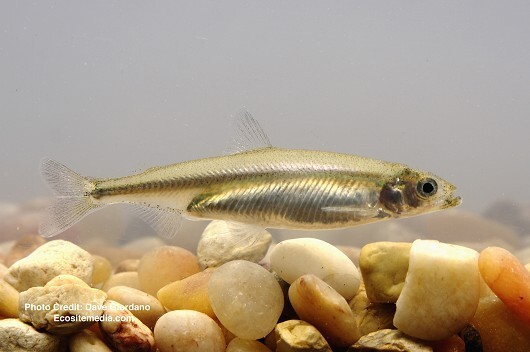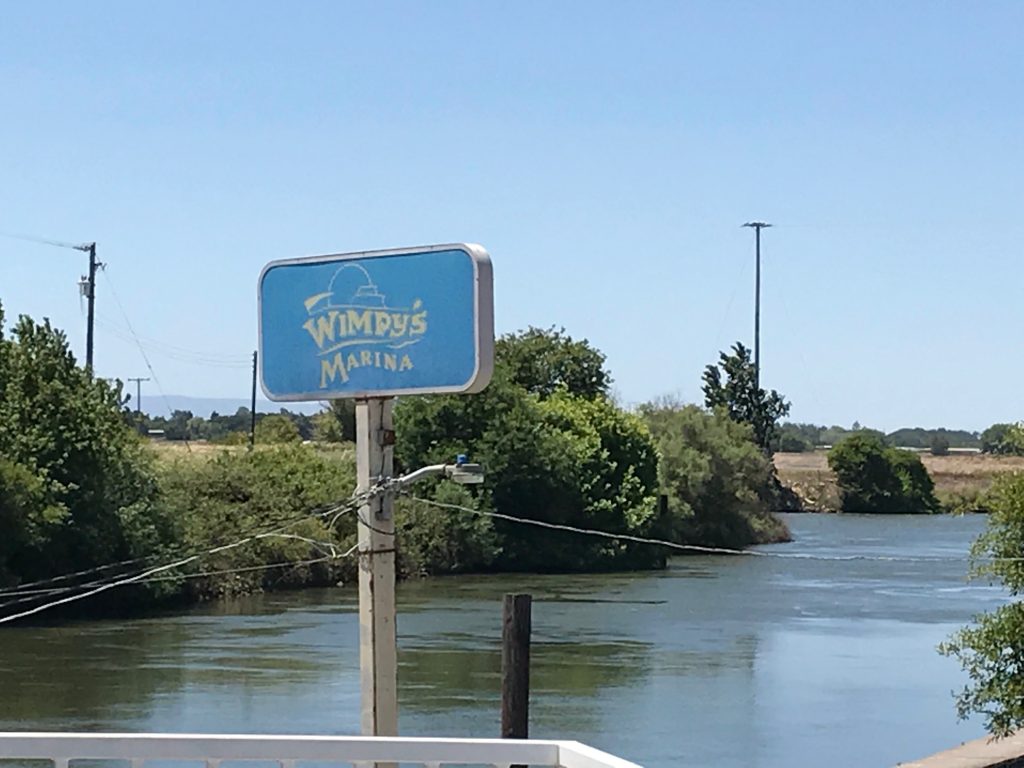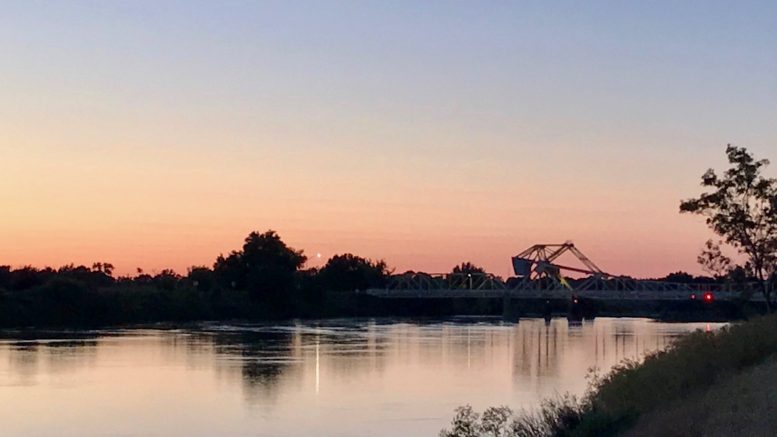By Dan Bacher
For the seventh September in a row, the California Department of Fish and Wildlife has caught zero Delta smelt during its Fall Midwater Trawl Survey of the Sacramento-San Joaquin River Delta.
The last time Delta smelt – an indicator species for the broader ecological health estuary – were found in CDFW’s September survey was in 2015. Only 5 were caught by state biologists at the time.
After that, the only year that Delta smelt were caught during the entire four-month survey was in 2016, when a total of 8 smelt were reported.
The final results of Fish and Wildlife’s four-month survey of pelagic (open water) fish species, conducted from September through mid-December, won’t be available until around the start of next year. The current September 2022 data is available here on the annual state surveys webpage.
Are smelt lost in the rivers?

Once the most abundant fish in the entire estuary, the Delta smelt is now near-extinction in the wild, although U.C. Davis continues to raise the fish in a captive breeding program. Thousands of these hatchery-raised smelt were released into the Delta in an experiment late last year and early this year.
That effort started in mid-December of 2021, the U.S. Fish and Wildlife Service and CDFW, in concert with other state and federal agencies, experimentally released 12,800 hatchery-raised smelt into the Delta for the first time. The agencies released another load of smelt in January – then three more in early February.
The purpose of the project is to “benefit conservation of the species through studies of experimental release of captively-produced fish,” according to officials.
The Delta smelt population has plummeted over the decades since the State Water Project began exporting large volumes of fresh water from Delta to San Joaquin Valley growers in 1967.
While there are several factors that scientists pinpoint for the ecosystem collapse, including toxic chemicals, decreasing water quality and invasive species, no factors figure greater into the disaster than water diversions from the Delta and its rivers and tributaries. The State Water Project sends that water to Central California operations that include the Westlands Water District and billion-dollar agribusiness like the Wonderful Company, owned by Stewart and Lynda Resnick.
“Delta smelt are the thread that ties the Delta together with the river system,” said Caleen Sisk, Chief of the Winnemem Wintu Tribe. “We all should understand how that affects all the water systems in the state. They are the irreplaceable thread that holds the Delta system together with Chinook salmon.”
In its recent findings, CDFW also reported an index of 7 longfin smelt, a cousin of the Delta smelt, which were found in surveying stations throughout the Delta this September. That compares to just 1 longfin smelt last September.
The U.S. Fish and Wildlife Service on October 6 proposed the listing of the San Francisco Bay-Delta distinct population segment of longfin smelt as an “endangered” species under the Endangered Species Act, or ESA.
“Scientific analysis shows the Bay-Delta longfin smelt is in danger of extinction throughout its range,” the service said in a statement. The Service is now seeking public comment for 60 days after publication on the proposed rule in the Federal Register.
In response to the proposed listing, Jon Rosenfield, Ph.D., senior scientist for San Francisco Baykeeper and a recognized expert on longfin smelt ecology, said, “Our local longfin smelt population is particularly sensitive to changes in the volume of fresh water flowing into San Francisco Bay. The longfin smelt’s catastrophic decline is yet another sign that water diversions from the rivers that feed the bay are unsustainable.”
Rosenfield added that the longfin smelt were once one of the most abundant fishes in the San Francisco Bay estuary, which includes the Delta.
“But annual state surveys reveal that longfin smelt in San Francisco Bay have been at or near record low abundance almost every year since 2007 — and the species is nearly undetectable in other Northern California estuaries,” Rosenfield observed.
An ecosystem on the brink

Of additional concern, for the eleventh September in a row, state scientists caught zero Sacramento splittail, a native member of the minnow family found only in the Delta and Central Valley rivers. The last time that any splittail were reported in the survey was in 2017, when 1 splittail was found that December.
Striped bass, a gamefish from the Eastern Seaboard introduced to the Delta over 130 years, continue to fare very poorly, but the index was better than last year. The CDFW caught an index of 10 young-of-the-year striped bass this September, compared with 1 last September.
The American shad, another introduced species, did better than last September, although the index has declined precipitously from historical levels. Biologists reported an index of 110 for this herring family member this September, compared with 24 last September.
Finally, CDFW officials reported an index of 7 threadfin shad, an introduced forage fish, in September 2022. That is lower than even the index of 11 reported last September.
The decline of the Delta’s various pelagic species started years before various California governors began supporting a proposed tunnel to export even more fresh water from the Delta. The state Department of Water Resources is still trying to get that tunnel approved.
Between 1967 and 2020, the state’s Fall Midwater Trawl abundance indices for striped bass, Delta smelt, longfin smelt, American shad, splittail and threadfin shad have declined by 99.7, 100, 99.96, 67.9, 100, and 95%, respectively, according to Bill Jennings, Executive Director of the California Sportfishing Protection Alliance.
Taken as five-year averages, the declines for striped bass, Delta smelt, longfin smelt, American shad, splittail and threadfin shad are 98.1, 99.8, 99.8, 26.2, 99.3 and 94.3%, respectively, Jennings added.


Be the first to comment on "Extinction in the wild? Zero Delta smelt found in survey for seventh September in a row"